Iran, an ancient land with a rich and diverse history, is home to a remarkable collection of UNESCO World Heritage Sites in Iran that bear witness to its illustrious past. These Iran World Heritage Sites represent the country’s cultural, architectural, and historical significance and continue to captivate visitors with their grandeur and beauty. From ancient ruins to stunning architectural wonders, Iran’s UNESCO World Heritage Sites offer a unique glimpse into the country’s heritage and contributions to human civilization. In this article, we will explore the Iran UNESCO World Heritage Sites, each reflecting the country’s exceptional contributions to human civilization.
1. Meidan Emam, Isfahan
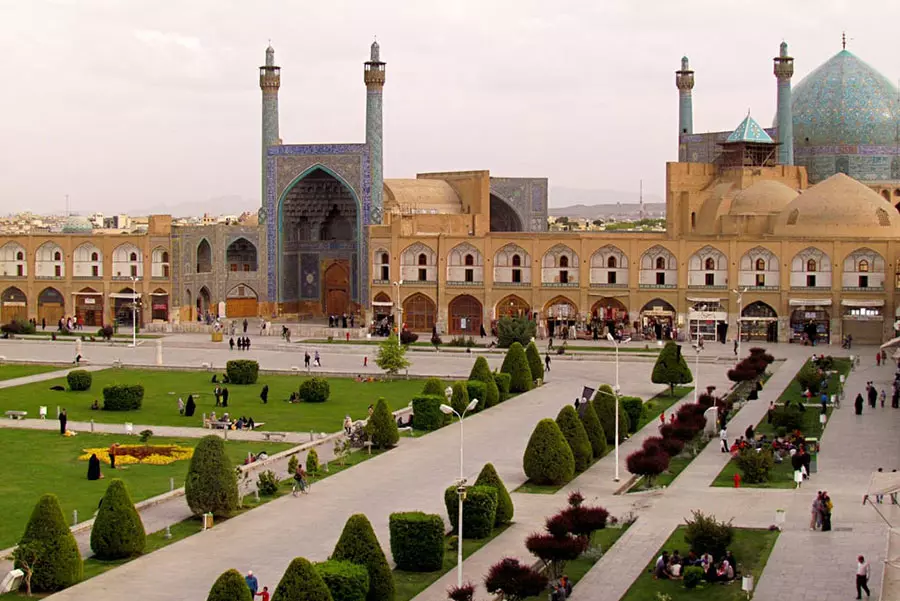
Location: Isfahan, Iran
Meidan Emam, also known as Naqsh-e Jahan Square, stands as a testament to the artistic brilliance of the Safavid era in the 17th century. Located in the heart of Isfahan, this grand square is one of the largest UNESCO Sites in Iran and is surrounded by breathtaking monuments. The Imam Mosque, with its iconic blue-tiled dome and intricate calligraphy, showcases the finest example of Islamic architecture among the Iran World Heritage Sites.
The Sheikh Lotfollah Mosque, an architectural masterpiece with its hidden spiral minarets, reflects the artistic fusion of Persian and Islamic styles among the UNESCO Sites in Iran. Adjacent to the Imam Mosque is the Ali Qapu Palace, an opulent structure adorned with delicate stucco work and offering a panoramic view of the square among the Iran World Heritage Sites.
Completing the ensemble is the Qeysarieh Portal, an imposing entrance to the bustling bazaar among the Iran UNESCO Sites. Meidan Emam remains a vibrant cultural center, attracting both locals and tourists to its awe-inspiring beauty among the UNESCO Sites in Iran.
2. Golestan Palace
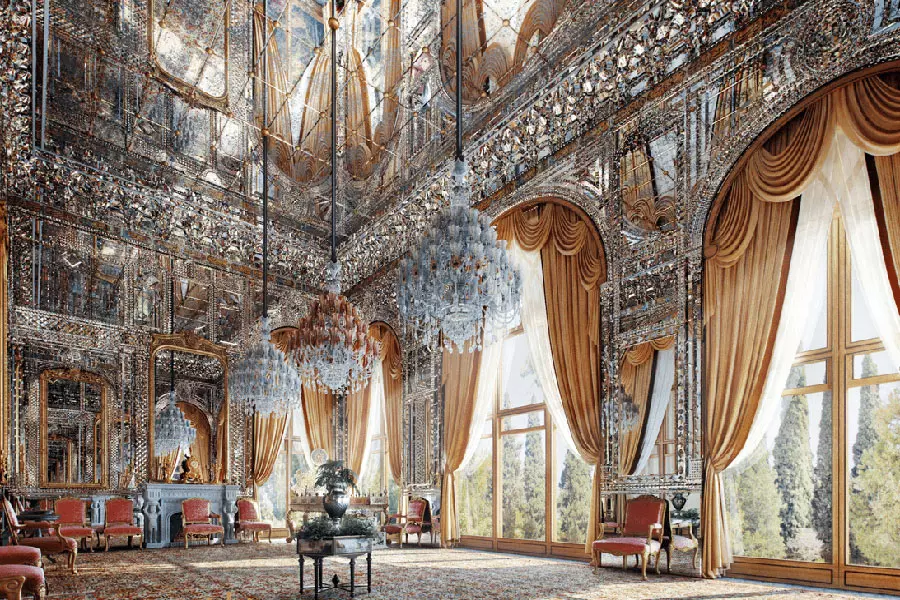
Location: Tehran, Iran
Golestan Palace, located in the heart of Tehran, served as the royal residence for the Qajar dynasty, the ruling family of Iran from the late 18th to the early 20th century. The palace complex is among the Iran World Heritage Sites and boasts a fascinating blend of Persian architecture and European influences, reflecting the Qajar rulers’ efforts to modernize their empire. Each building within the palace complex is among the Iran World Heritage Sites, showcasing its unique charm and elegance.
The brilliant Mirror Hall, adorned with dazzling mirrors and intricate tilework, served as the venue for official ceremonies and events among the Iran UNESCO Sites. The Marble Throne Hall, featuring a majestic marble throne, once witnessed the coronations of Persian kings among the UNESCO Sites in Iran.
Other structures like the Shams-ol-Emareh (Edifice of the Sun) and the Badgir (Windcatcher) Palace exhibit intricate mosaics and breathtaking gardens among the Iran UNESCO World Heritage Center. Golestan Palace is a true architectural gem among the Iran World Heritage Sites, offering a glimpse into the country’s royal heritage.
3. Bam and its Cultural Landscape

Location: Bam, Kerman Province, Iran
The ancient city of Bam, located in southeastern Iran, was once a flourishing oasis city along the famed Silk Road and is among the UNESCO World Heritage Sites in Iran. Bam and its Cultural Landscape represent a unique blend of cultural influences from various civilizations that thrived here over millennia.
The most prominent attraction among the UNESCO World Heritage Sites in Iran is the Bam Citadel, a massive adobe structure that served as a fortified city, housing residential areas, palaces, and bazaars. The citadel’s unique architectural features, including watchtowers and high walls, showcase the city’s strategic importance in ancient times among the Iran UNESCO Sites.
Tragically, a devastating earthquake in 2003 caused widespread destruction to the site among the UNESCO Sites in Iran. However, restoration efforts have been underway to preserve the remaining structures and showcase the resilience of this ancient cultural marvel among the Iran World Heritage Sites.
4. Pasargadae

Location: Fars Province, Iran
Pasargadae, the ancient capital of the Achaemenid Empire, is among the UNESCO World Heritage Sites in Iran that hold immense historical significance. Founded by Cyrus the Great in the 6th century BC, this ancient city among the UNESCO Sites in Iran represents a pivotal moment in history when Cyrus established the first Persian Empire, known for its humane and tolerant rule.
The Tomb of Cyrus, a simple but majestic structure among the Iran UNESCO Sites, is the focal point of Pasargadae. The tomb’s simplicity reflects the humility of Cyrus, who is regarded as one of history’s greatest conquerors and a model ruler among the Iran World Heritage Sites.
The surrounding complex includes a magnificent audience hall, a royal garden, and other structures that provide valuable insights into the Achaemenid architectural style among the UNESCO Sites in Iran.
5. Sheikh Safi al-din Khanegah and Shrine Ensemble in Ardabil
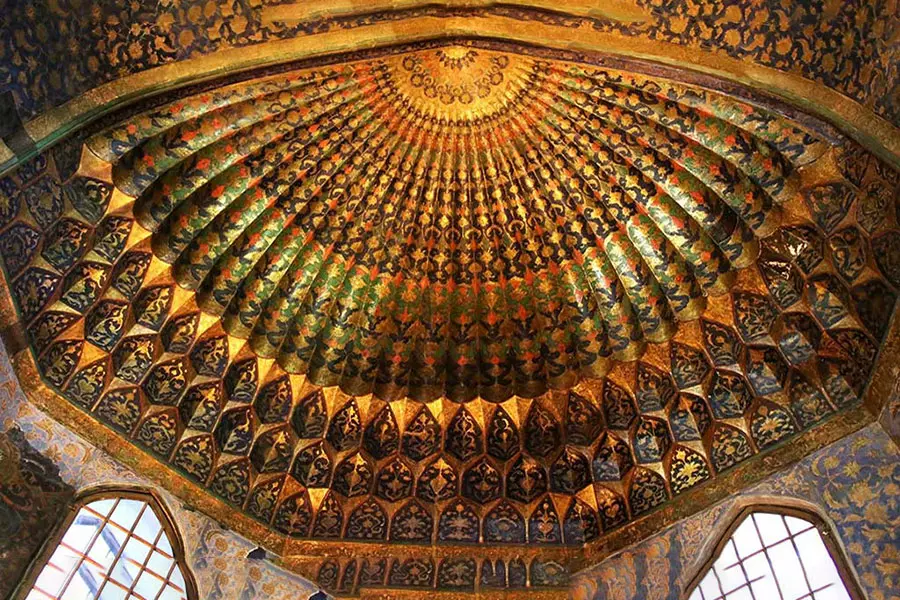
Location: Ardabil, Iran
The Sheikh Safi al-din Khanegah and Shrine Ensemble, located in Ardabil, is among the UNESCO Sites in Iran that form a unique architectural complex dedicated to Sheikh Safi al-din Ardabili, a prominent Sufi leader and the eponymous founder of the Safavid dynasty. This site is an exceptional representation of the evolution of Iranian religious architecture over the centuries among the Iran World Heritage Sites.
The complex includes the mausoleum of Sheikh Safi, a grand mosque, a library, a school, and a bathhouse among the Iran UNESCO Sites. The interior of the mausoleum boasts intricate tilework, intricate frescoes, and beautiful calligraphy, all contributing to its spiritual ambiance among the Iran UNESCO World Heritage Center.
The ensemble’s architectural harmony reflects the deep cultural connection between art, spirituality, and Persian identity among the UNESCO Sites in Iran.
6. Tabriz Historic Bazaar Complex

Location: Tabriz, East Azerbaijan Province, Iran
The Tabriz Historic Bazaar Complex, among the UNESCO Sites in Iran, is one of the oldest and most remarkable bazaars in the world among the Iran World Heritage Sites. Dating back to the 12th century, the bazaar has been a bustling center of commerce and culture for centuries, attracting traders and travelers from the East and West among the Iran World Heritage Sites.
The complex comprises a vast network of covered brick-vaulted passages, known as “timchehs,” each specializing in different trades and crafts among the Iran UNESCO World Heritage Center. From textiles and spices to precious metals and carpets, the bazaar offers a diverse array of goods among the Iran UNESCO Sites.
The complex also features stunning architectural elements, such as magnificent domes and ornate tilework, making it a vibrant living museum of Iran’s mercantile history among the Iran UNESCO Sites. if you want to know more about Tabriz, you can read more in this article: Tabriz tourist attractions
7. Soltaniyeh

Location: Zanjan Province, Iran
Soltaniyeh, located in the Zanjan Province of Iran, is home to the mausoleum of Ilkhanid ruler Oljaytu among the
UNESCO Sites in Iran. The grand mausoleum, dating back to the 14th century, is an architectural masterpiece among the Iran UNESCO World Heritage Center and a significant representation of Persian-Islamic architecture. The stunning double-shell dome, decorated with intricate turquoise tiles among the Iran World Heritage Sites, is a striking example of engineering and artistic achievement.
The interior of the mausoleum features beautiful geometric designs and calligraphy, adding to the spiritual ambiance of the site among the Iran World Heritage Sites. Soltaniyeh’s architectural brilliance has made it a UNESCO World Heritage Site, capturing the essence of a pivotal period in Iranian history among the Iran UNESCO Sites.
8. Shushtar Historical Hydraulic System

Location: Shushtar, Khuzestan Province, Iran
Shushtar Historical Hydraulic System, among the UNESCO Sites in Iran, located in Khuzestan Province, is an engineering marvel that showcases Iran’s ancient water management technology among the Iran World Heritage Sites. The system dates back to the 5th century BC during the Achaemenid era and includes a complex network of canals, tunnels, dams, bridges, and watermills among the Iran UNESCO Sites.
The innovative hydraulic system served to distribute water for agricultural purposes, provide irrigation, and regulate floods among the Iran UNESCO World Heritage Center. The site’s sophisticated engineering and architectural features demonstrate the ingenuity and technical expertise of ancient Iranian civilizations among the Iran World Heritage Sites.
9. Armenian Monastic Ensembles of Iran
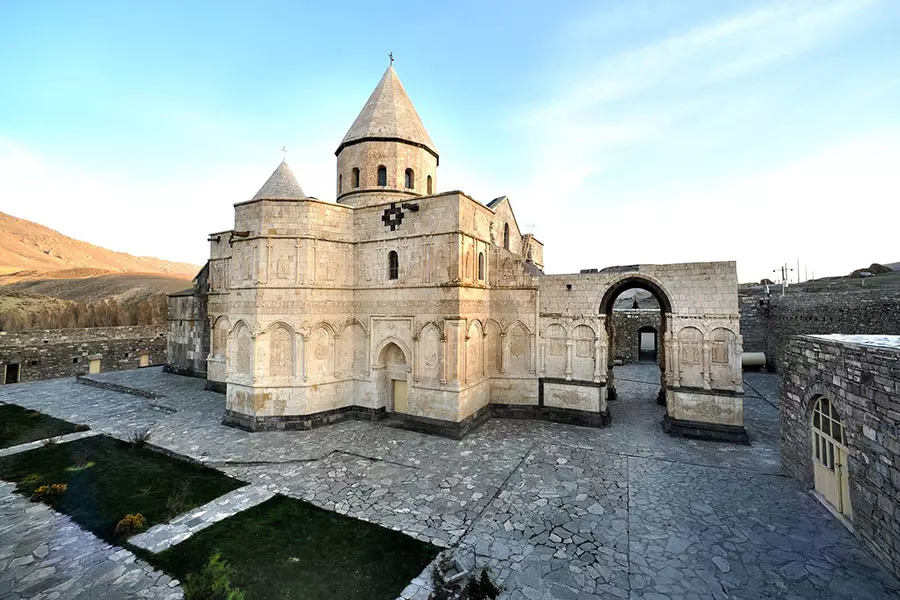
Locations:
- St. Thaddeus Monastery: West Azerbaijan Province, Iran
- St. Stepanos Monastery: East Azerbaijan Province, Iran
- Chapel of Dzordzor: West Azerbaijan Province, Iran
This UNESCO World Heritage Site, among the Iran World Heritage Sites, consists of three Armenian monastic ensembles spread across northwestern Iran. The monasteries, St. Thaddeus and St. Stepanos, are nestled amid stunning natural landscapes among the Iran UNESCO Sites, showcasing a harmonious blend of Armenian and Persian architectural styles.
These monasteries among the Iran World Heritage Sites are not only religious centers but also cultural heritage sites, embodying the enduring influence of Armenian culture in the region among the Iran UNESCO World Heritage Center.
The Chapel of Dzordzor among the Iran UNESCO Sites is a picturesque structure, nestled within a gorge, and offers a serene setting for spiritual reflection among the World Heritage Sites in Iran.
10. Persepolis

Location: Fars Province, Iran
Persepolis, among the UNESCO Sites in Iran, the grand ceremonial capital of the Achaemenid Empire, is a UNESCO-listed site that exudes the grandeur and opulence of ancient Persian civilization among the Iran World Heritage Sites. Founded by King Darius I in 518 BC, the site was the venue for important ceremonies and receptions among the Iran UNESCO World Heritage Center.
The sprawling complex boasts majestic staircases, intricate carvings, and colossal columns among the Iran UNESCO World Heritage Center. The Apadana Palace among the Iran UNESCO Sites, with its iconic stone reliefs, showcases the diverse peoples of the Achaemenid Empire, paying tribute to their cultural contributions among the UNESCO Sites in Iran.
The Throne Hall among the Iran UNESCO World Heritage Center, known as the “Hundred-Column Hall,” was a vast audience hall for receiving guests and dignitaries among the World Heritage Sites in Iran. Persepolis stands as a testament to the achievements of ancient Persian culture and its place in the annals of world history among the Iran World Heritage Sites.
Conclusion
Iran’s UNESCO World Heritage Sites, among the UNESCO Sites in Iran, provide a captivating journey through the country’s rich history, showcasing the remarkable contributions of its ancient civilizations and the brilliance of Persian architectural and artistic achievements among the Iran World Heritage Sites.
From the vibrant squares of Isfahan to the majestic ruins of Persepolis among the Iran UNESCO Sites, each site offers a unique window into Iran’s diverse and storied past among the UNESCO Sites in Iran. As these cultural treasures among the Iran World Heritage Sites continue to inspire awe and wonder, they also remind us of the enduring legacy of human ingenuity and the importance of preserving and appreciating our shared heritage among the UNESCO Sites in Iran.

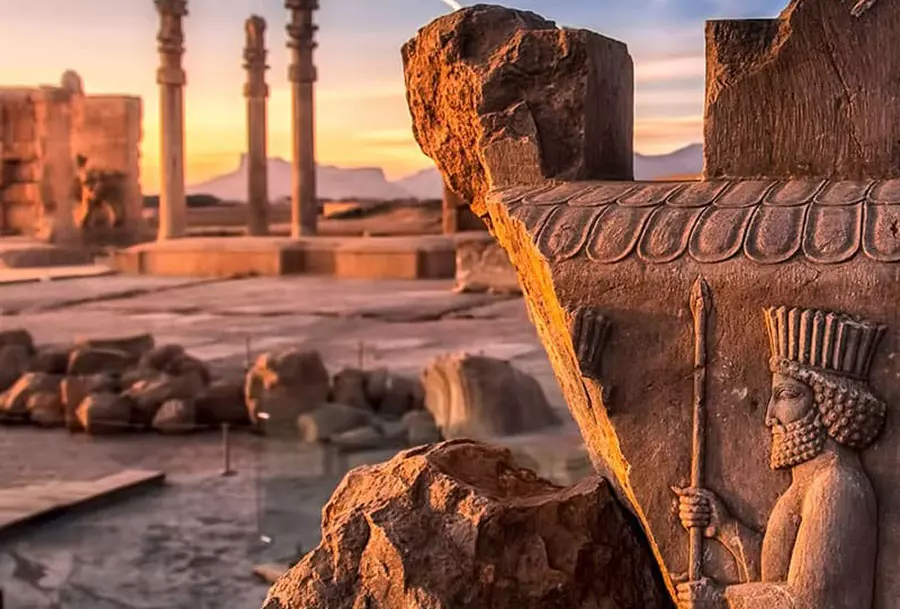

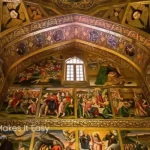


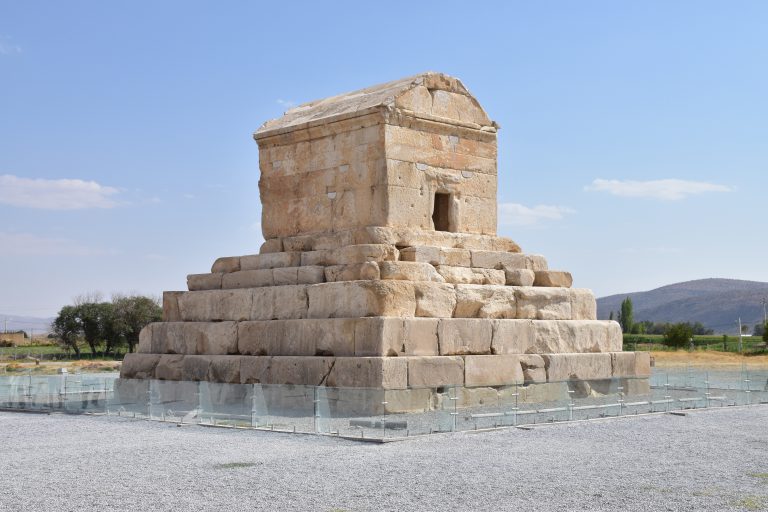
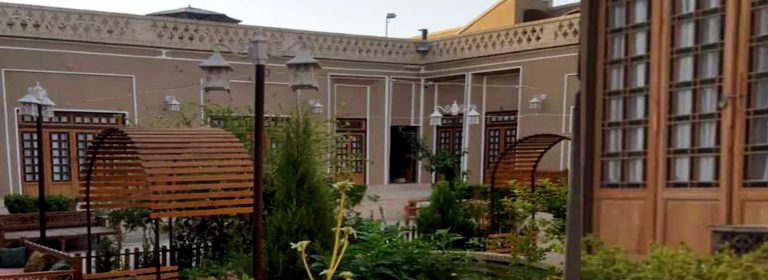
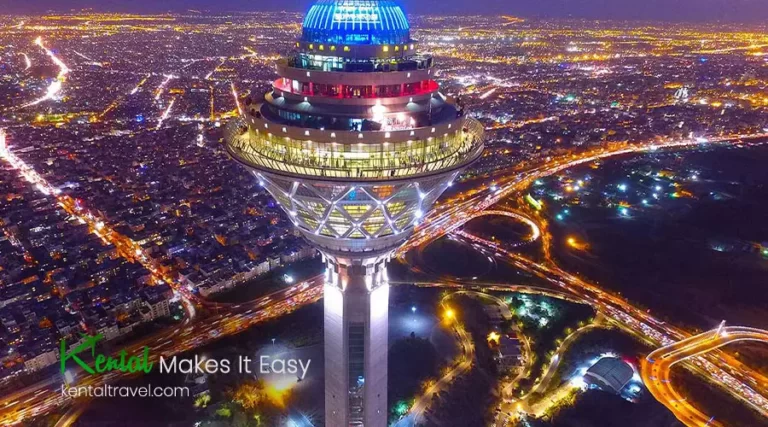
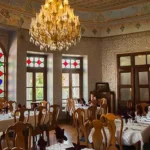
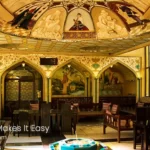

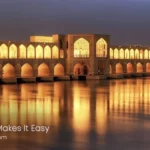
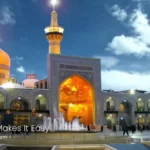
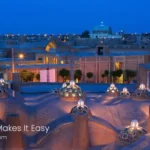

[…] be traced back to at least the 10th or 11th century AH. In 1390, Eram Garden was registered on the UNESCO World Heritage List. Eram Garden in Shiraz is built on a rectangular-shaped land covering an area of 110,000 […]
[…] Lut Desert is Iran’s first natural attraction to be inscribed as a UNESCO World Heritage site and was recognized as the hottest point on Earth for seven consecutive years. This desert expanse […]